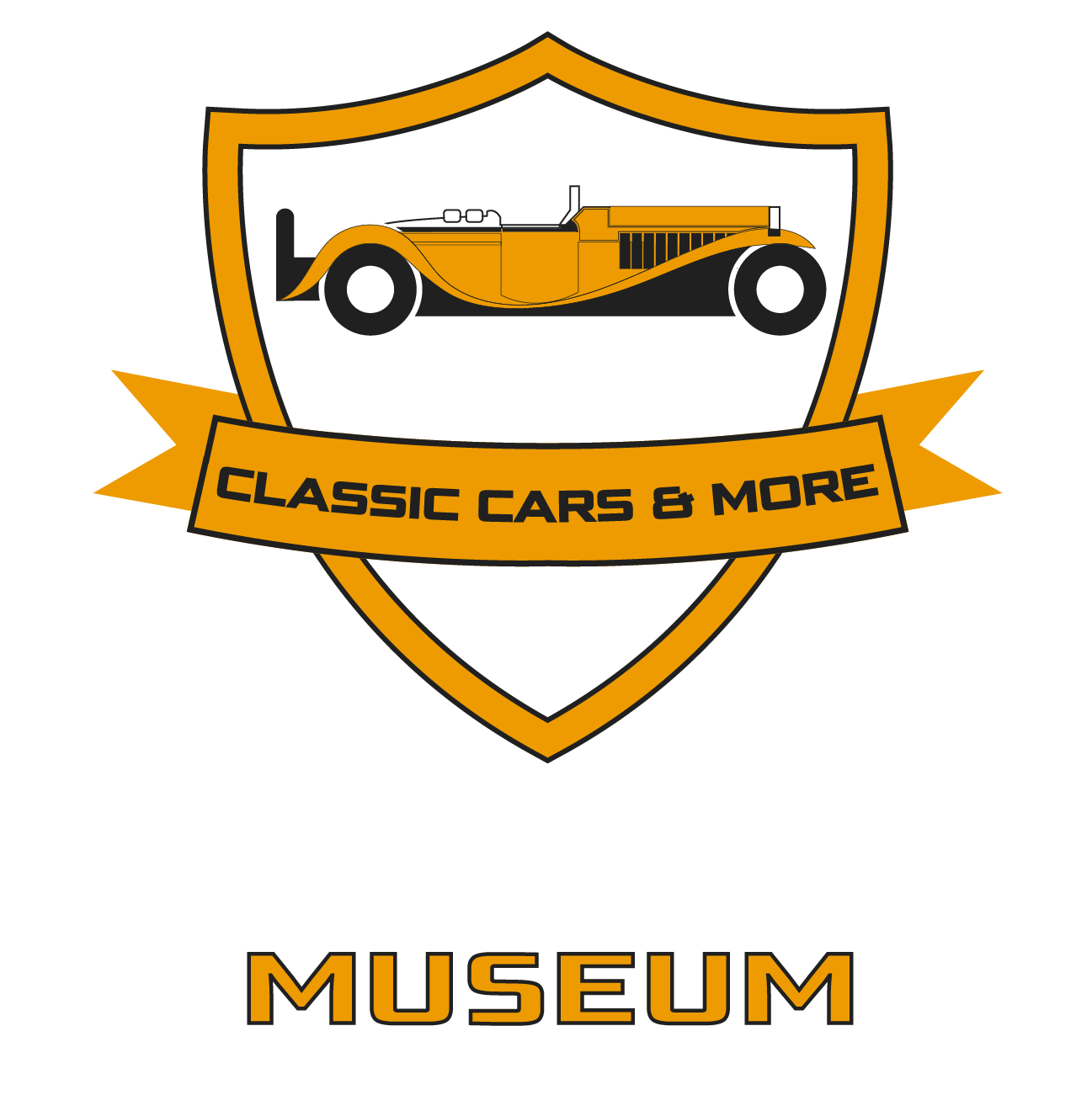365 DAILY NEWSLETTER
THE HISTORY OF HUNGARIAN MOTOR RACING 1.
In the world, motor racing began to be a form of rivalry at the end of the 19th century and became one of the most popular sports in the 20th century. The first motor race was held in Wisconsin, USA, in 1878, over a distance of 323 kilometres between Green Bay and Madison, and was won by an Oshkosh steam engine.
The first European car race was also contested by steam-powered cars in 1887 between Paris and Versailles, won by a three-wheeled steam-powered car made by Georges Bouton. In addition to the driver, a chauffeur was also needed to operate the carriage, hence the Hungarian name ‘sofőr’ (driver).
On 22 July 1894, an other race was held over a 126-kilometre stretch between Paris and Rouen, with 14 petrol and 7 steam-powered cars taking part.
On 11 June 1895, 15 petrol and 6 steam cars and one steam bus took part in the 1180-kilometre Paris-Bordeaux-Paris race. Emile Levassor was the first to finish, with a time of 48 hours 48 minutes and an average speed of 24.5 km/h.
So these were the first races of motor racing in the world. As cars became more common, more and longer distance races were held, initially on public roads, but following a serious accident in 1903, racing was restricted to closed roads and race tracks. In the United States of America, track racing spread from the very beginning, from 1896.
But what about Hungarian motor racing? In June 1901, in the Tattersall, which is a horse racecourse in Budapest, hosted the first motor show in Hungary in the form of an organised exhibition. The event was also a great opportunity to organise a car race, and it was the first time that four-wheeled vehicles officially competed in Hungary. This event marked another milestone in the history of Hungarian motoring and the birth of Hungarian motor sport.
1906 was an important year in the history of Hungarian motor racing, in fact it was the beginning of Hungarian motor racing, courtesy of a Hungarian engineer and motor racing driver.
Ferenc Szisz was born on 20 September 1874 in Szeghalom, Hungary. He studied engineering and then went to Paris to work in the testing department of Renault Automobile. When Marcel Renault, one of the founders, died in a race accident in 1903, Ferenc was chosen as the new driver. As an experienced mechanic, he used his knowledge of vehicle operation in his driving style – he was fast and used the full potential of the vehicle.
On 27 and 28 June 1906, the first part of the “Grand Prix” series of motor races was held in the fields and forests near the town of Le Mans in France. The circuit was more than 103 kilometres long on unmade roads. Participants had to complete twelve laps. Ferenc Szisz entered the race in a Renault AK90CV. Although Hungary was not considered a favourite, the Hungarian driver took the lead after the third lap and held it all day. He didn’t let up the next day either, winning the first Grand Prix with a time of 12 hours, 14 minutes and 7 seconds. He also reached the highest maximum speed of the race: 154 km/h. In 1907 he raced again in the French Grand Prix and finished second. He soon opened his own workshop, but continued to work with Renault. As a very experienced and valuable mechanic, he no longer raced to avoid risking his life. During the First World War he served in the French army as a driver and mechanic. He was released from the army in 1918 and moved to the countryside, where he and his wife ran a large farm near Paris. He died on 21 February 1944, aged 71. He is considered the first professional driver in the history of motor racing. In 2003 a memorial to him was erected in front of the new main entrance to the Hungaroring circuit in Budapest.
In the continuation of our article series, we will hear about the history of the Hungaroring race track and we get to know the life of the first Hungarian who drive an F1 car in history.
Subscribe to our newsletter
Provide your e-mail address and click the button below to receive special deals and premium offers




